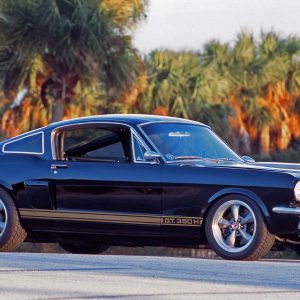Brakes
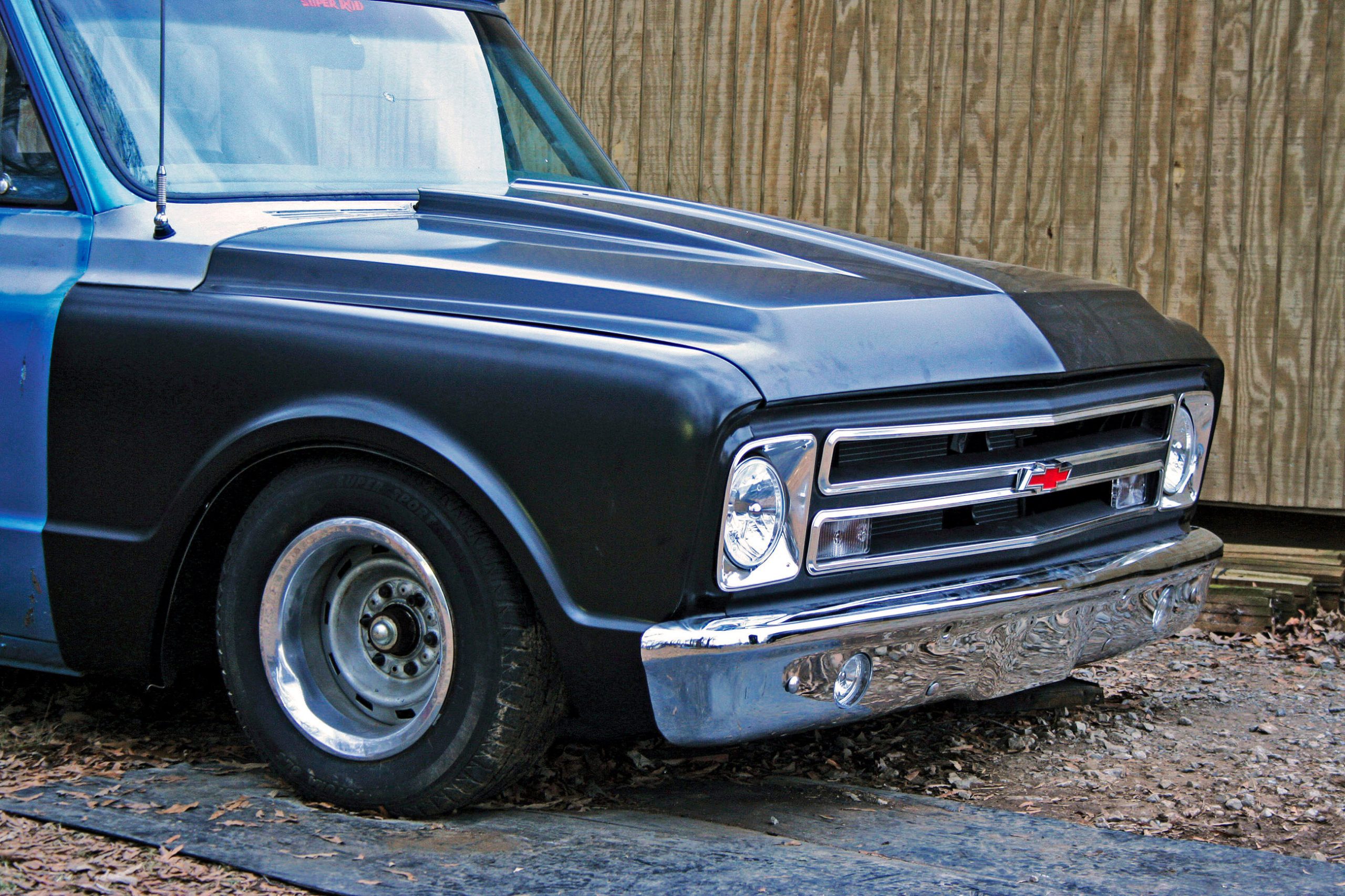
From the rugged workhorses of the ’70s to today’s luxurious pickups, discover the transformation and retrofitting process of a ’68 Chevy truck. Follow the journey as No Limit Engineering’s dropped spindle/disc brake conversion kit enhances both braking performance and aesthetics, bringing a touch of modern luxury to a timeless classic. Dive into the details of this four-hour installation and witness the stunning results that elevate the truck’s functionality and appearance. Experience the perfect blend of nostalgia and innovation in this truck restoration project.
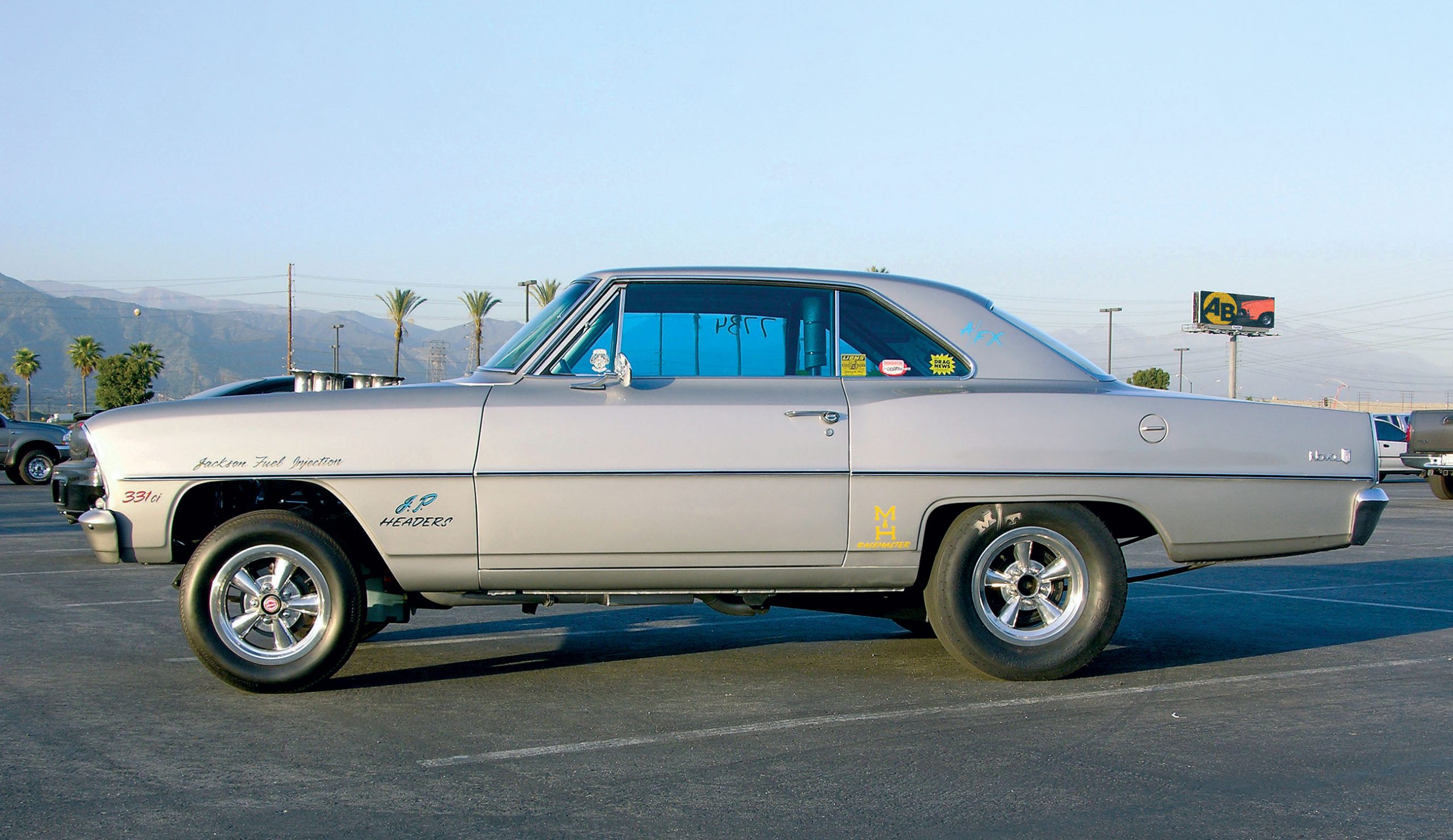
If you’re in the planning stages of building your car, or even if you have finished and are driving it, there are lots of free or inexpensive things you can do to make your ride faster and/or more efficient. This month, The Auto Builder gives you 25 of those ideas. Most of these free tips simply involve putting your car on a diet. Every 100 pounds of weight removed from your car equals dropping 1/10th of a second at the strip. Even though you may not be racing, the same theory applies to the street, and also to the extra weight you must lug around.
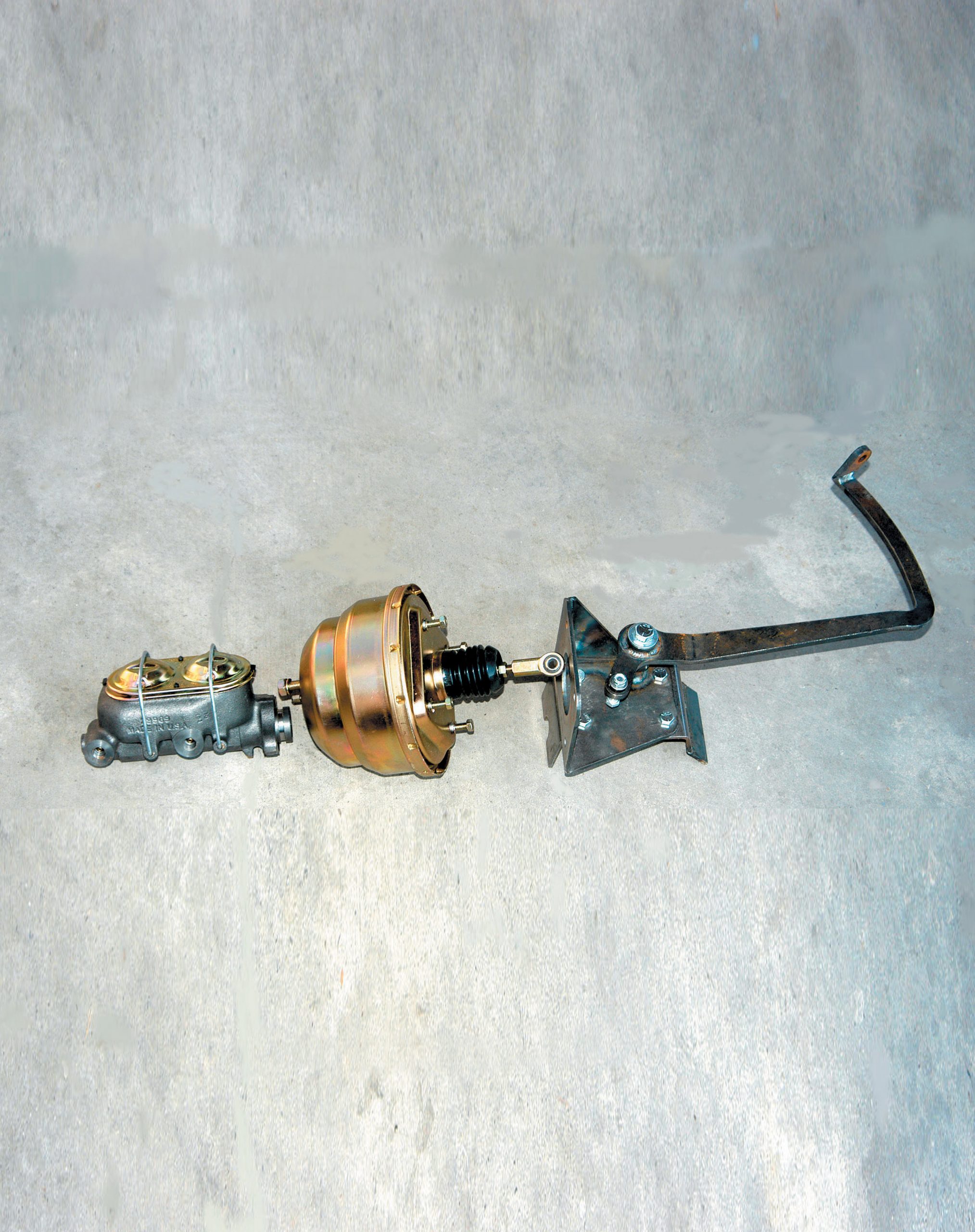
If you own a Ford or Chevy, most of the parts you will need to build a street rod are readily available, and from a variety of suppliers. We have written numerous stories about kits for these cars in our family of rodding magazines, and some of them were a direct replacement for the original. By and large, they worked perfectly and bolted right in, as designed. These types of kits are convenient for many street rod builders, as well as street rod shops, and they are part of what has helped grow our hobby into such a broad special-interest group. But in addition to the “normal” and most popular rods, there were many other great cars made in the pre-war era, and some of them can be a real challenge to street rodders because there are no pre-manufactured parts, and no kits that make them easy to build. Sounds like the old days, right? Well, that’s the modern world for you–even our hobbies have become targets of convenience.
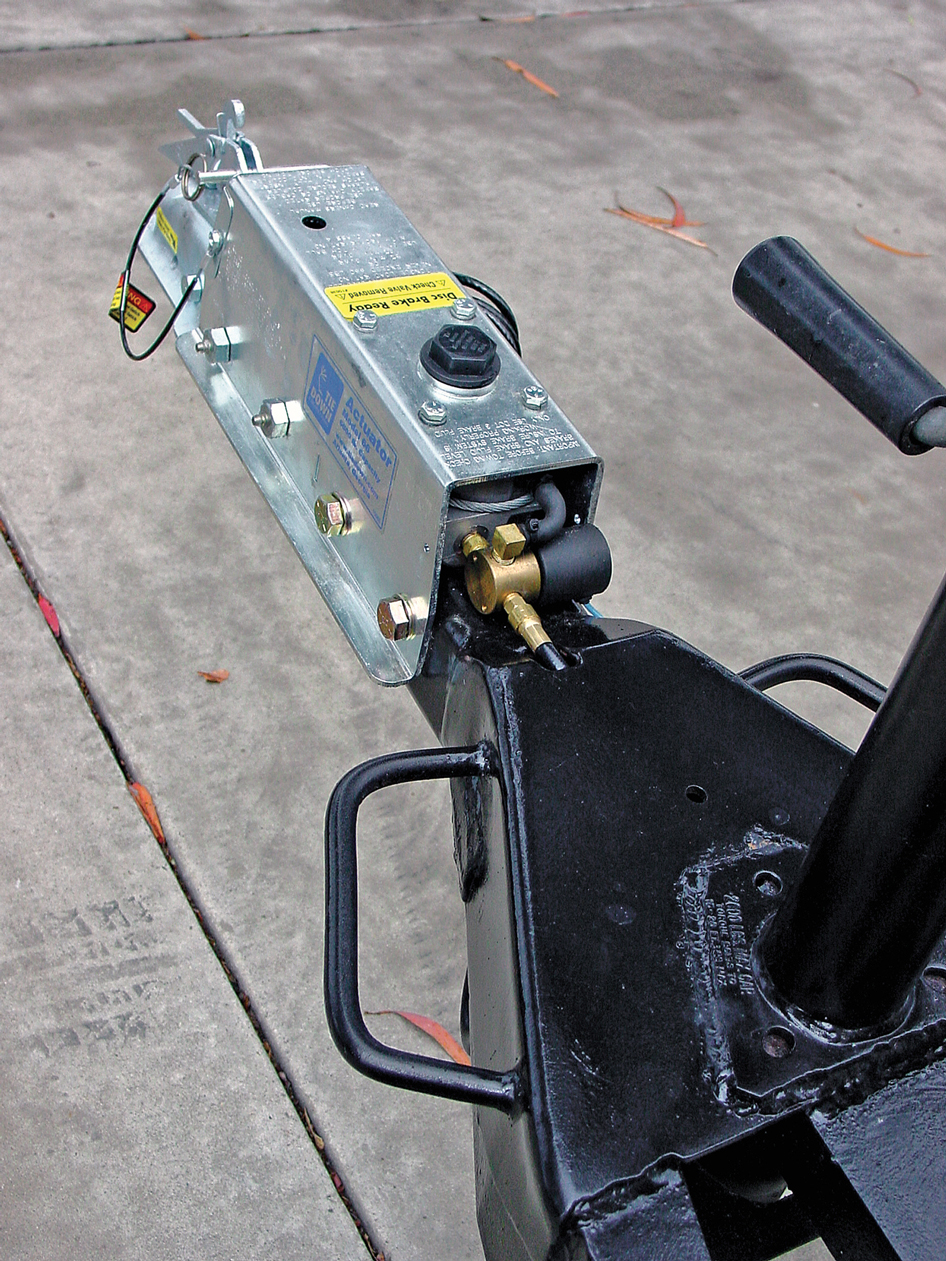
Regular maintenance is rarely stressed enough, and trailer safety is often a direct result of a good preventative-maintenance schedule. Just like changing the oil in your tow rig, it’s easy to suffer from the “out of sight, out of mind” syndrome.
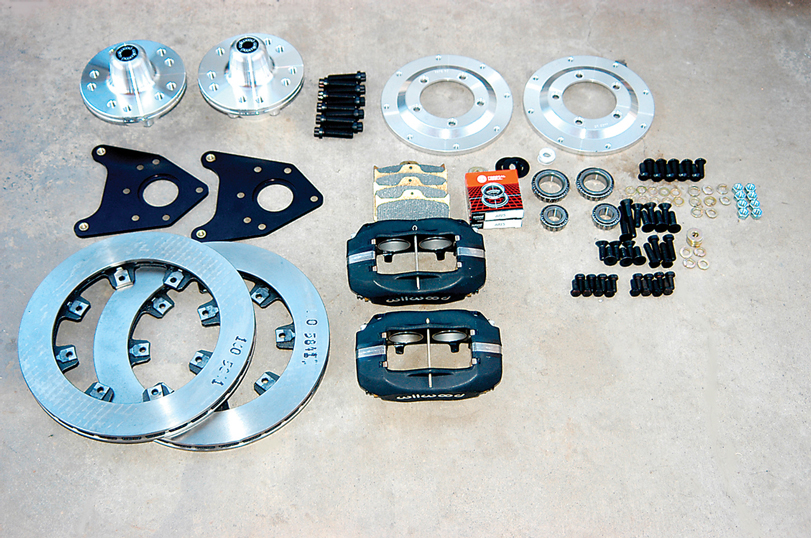
The Ford Mustang was one of the first cars to offer disc brakes as an option, but they were not a big hit with buyers when they were first introduced. Most buyers were happy to buy a base model with a six-cylinder engine or a slightly improved version with a 289 backed by an automatic transmission. This was the standard Mustang package that most Mustang owners wanted in those days—grocery-chasers that people had no intention of using to sit on the pole of the Indianapolis 500. Aside from the Brickyard, that’s all changed, as standard drum brakes are no longer considered standard fare, and car enthusiasts now know the benefits of full disc brakes. It’s hard to find a car today without them, at least on the front brakes.
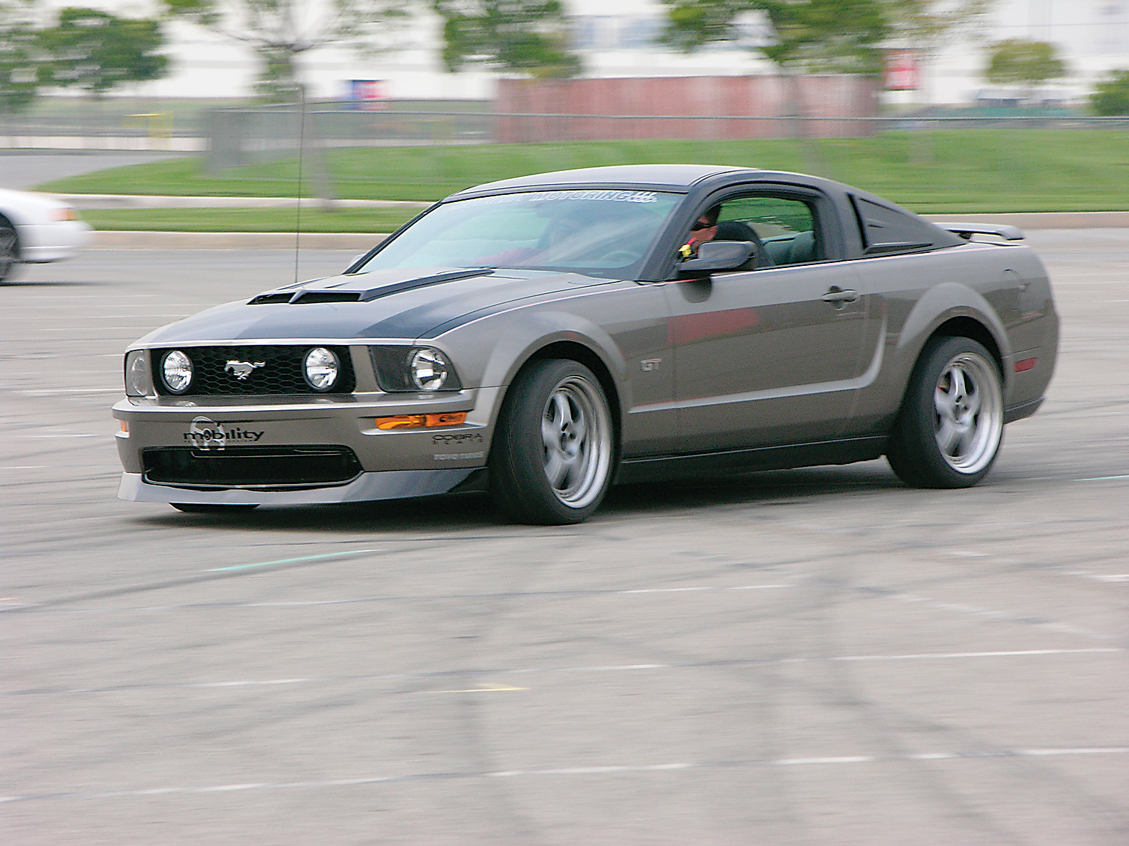
After seeing several ʼ05 Mustangs fitted with StopTech brakes on display at various shows, we made it a point to talk with them about the system they have designed for this car. The result was an impromptu testing session at the California Speedway in Fontana. As it turns out, just because the company had developed a kit that fit the Mustang didnʼt mean they were finished—not by a long shot.
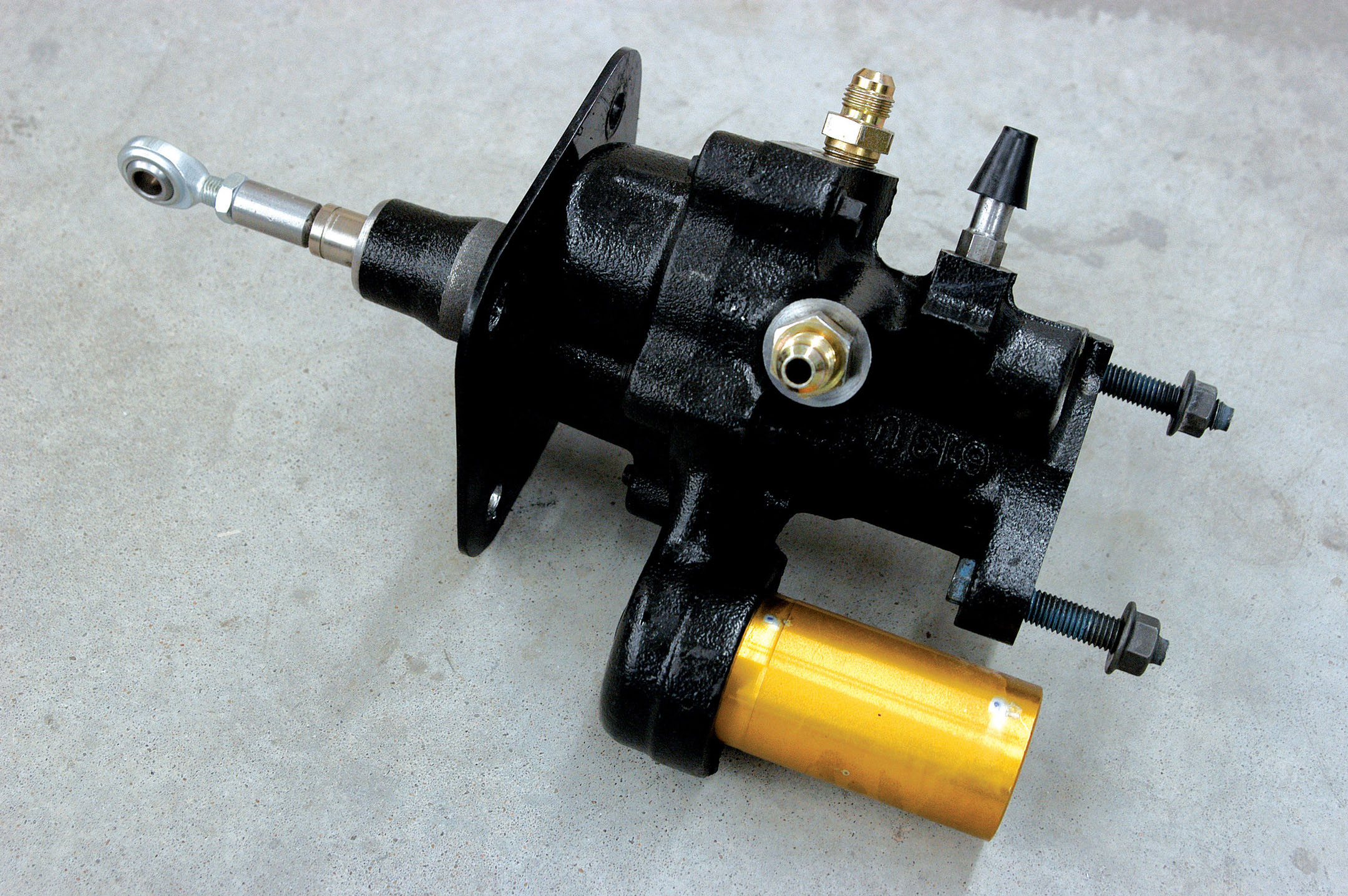
Nothing is more terrifying than cruising down the street to the fairgrounds when some idiot pulls out in front of you and you have to jump on the binders. Making a panic stop can be difficult when you are trying to stop 800 throbbing horsepower with a set of 9-inch rotors and single-piston calipers. You might even wonder if it will stop as you mash the brake pedal. When it comes to street rods with big motors, one braking concern is vacuum pressure. Is there enough? Many high-performance camshafts add power to the motor but produce low vacuum levels. This is something to consider when selecting your engine components. Of course, if the motor fails, you will have no vacuum, so stopping will be a real problem.
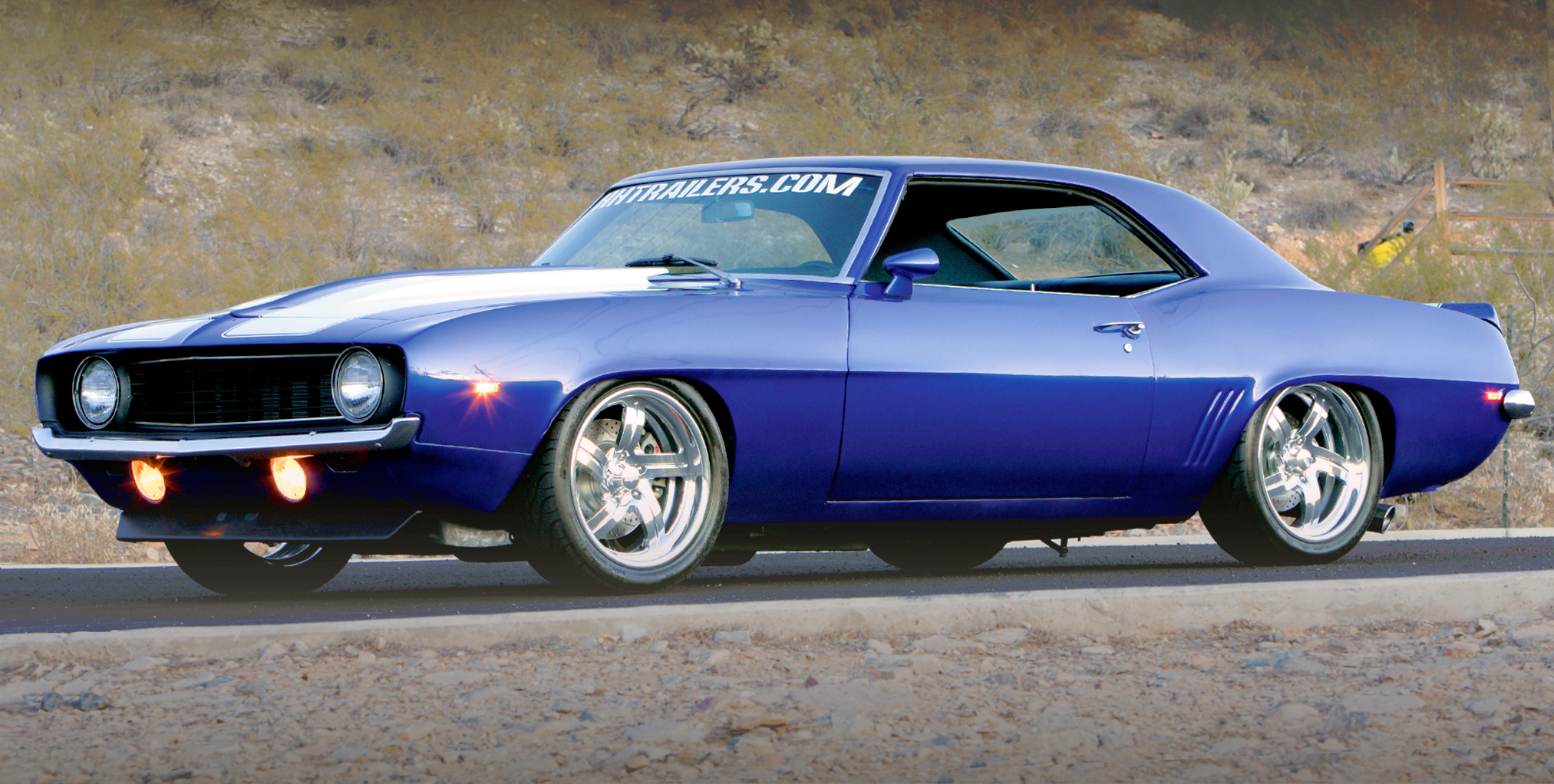
The late ’60s was a good time for automobile enthusiasts everywhere. For Chevrolet specifically, it remains a time when the company produced vehicles that are among the favorites of Bow Tie aficionados. Who wouldn’t want a ’67-’69 Chevy Chevelle, Nova or, of course, the ever-popular Camaro? The design of these vehicles, and many others from that era, has stood the test of time, and car manufacturers today are even reverting back to the styling cues of these classics when designing modern production cars.
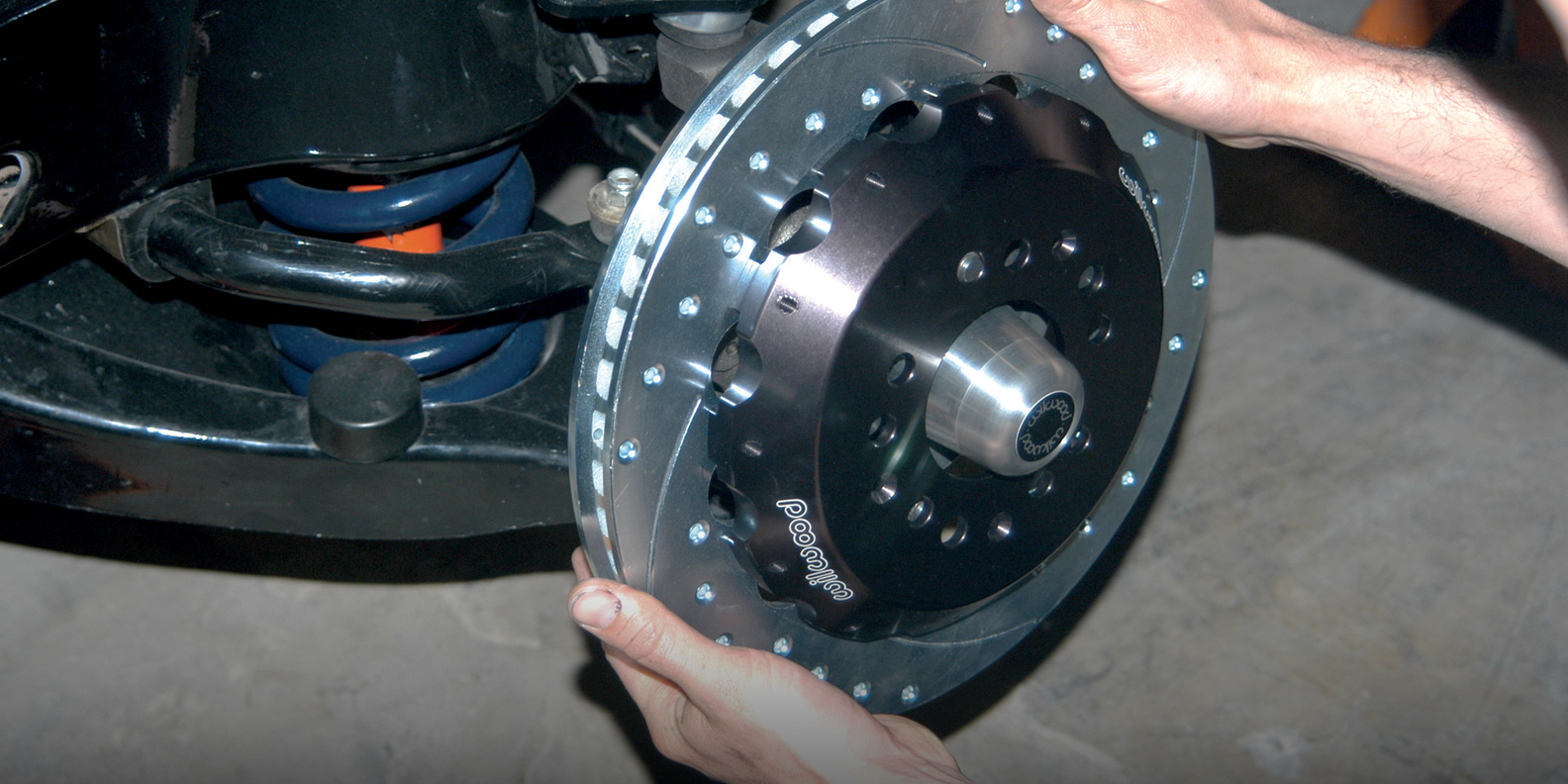
There’s no denying the popularity of Camaros; they have been a rodding favorite since their initial release in 1967. The first-generation Camaro has always been an enthusiast car because it is small, lightweight and had a sports-car-design feel to it. Underneath, the early Camaros were based on a Nova platform and featured many good mechanical attributes. Right from the start, they became a popular choice for teenagers and young adults, and most of the performance enthusiasts wanted the SS model that came with a choice of a strong-running small- or big-block engine. Things haven’t changed much, because they are still a popular choice for enthusiasts to restore or modify.
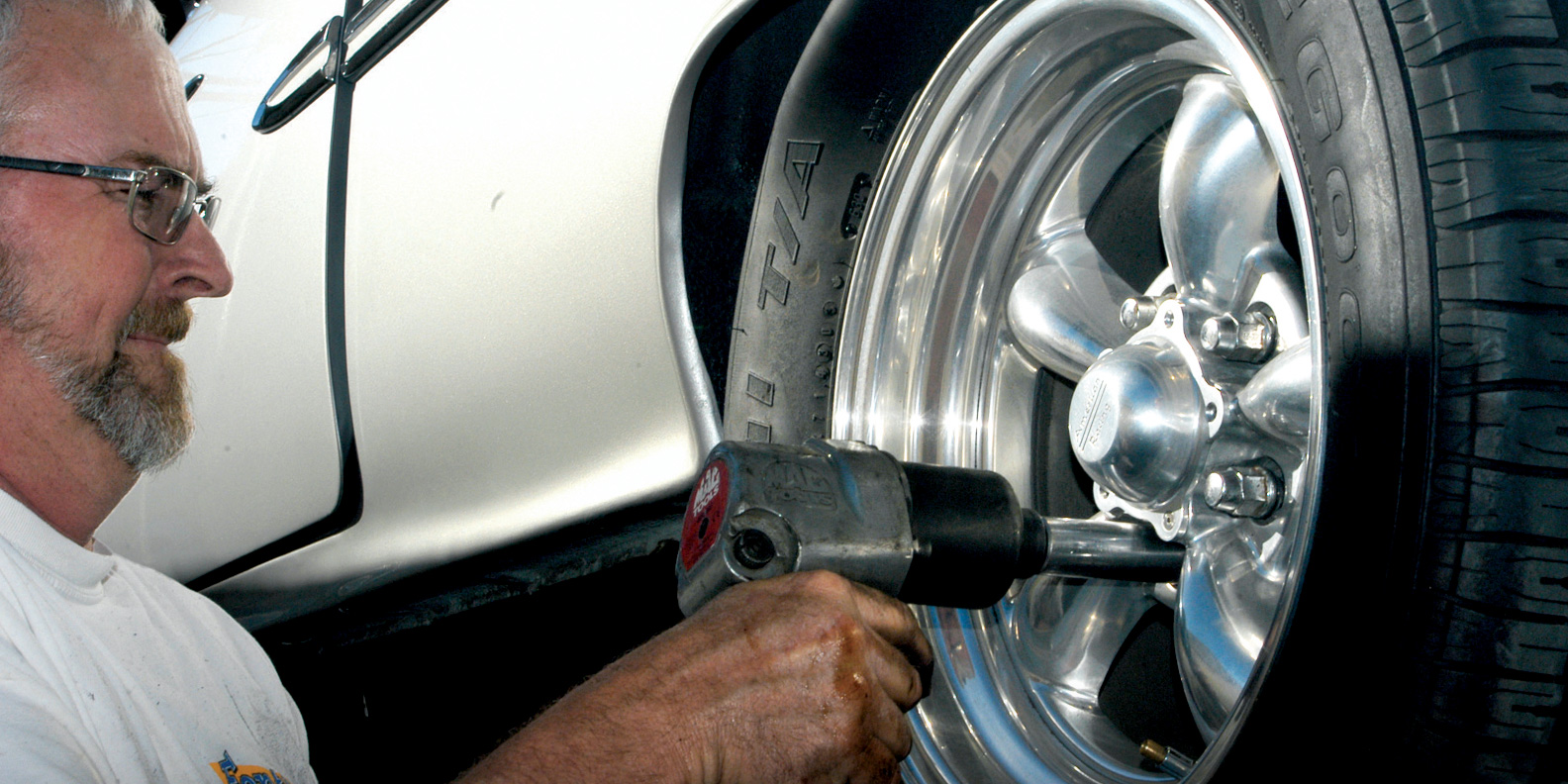
If you are driving down the highway in an older car, you are at a major disadvantage if you have to make a quick stop. Many of the high-performance cars being built today have fantastic stopping power, and if you can’t stop as well as the car in front of you, that could certainly be a big problem. The owner of this ’55 Chevy improved it with front disc brakes that work well, but he wanted the Chevy to stop even better, so he decided to add rear disc brakes.






